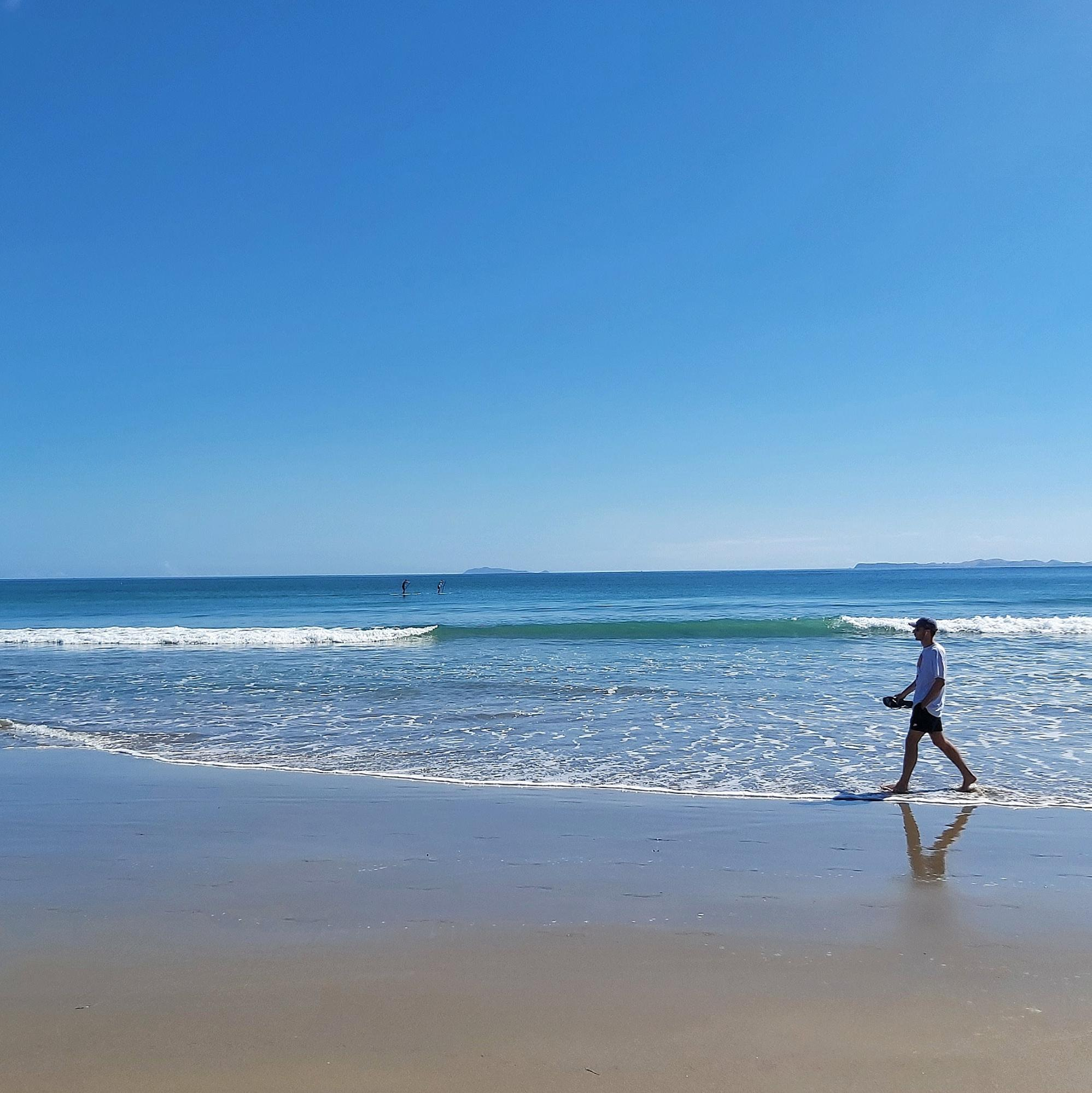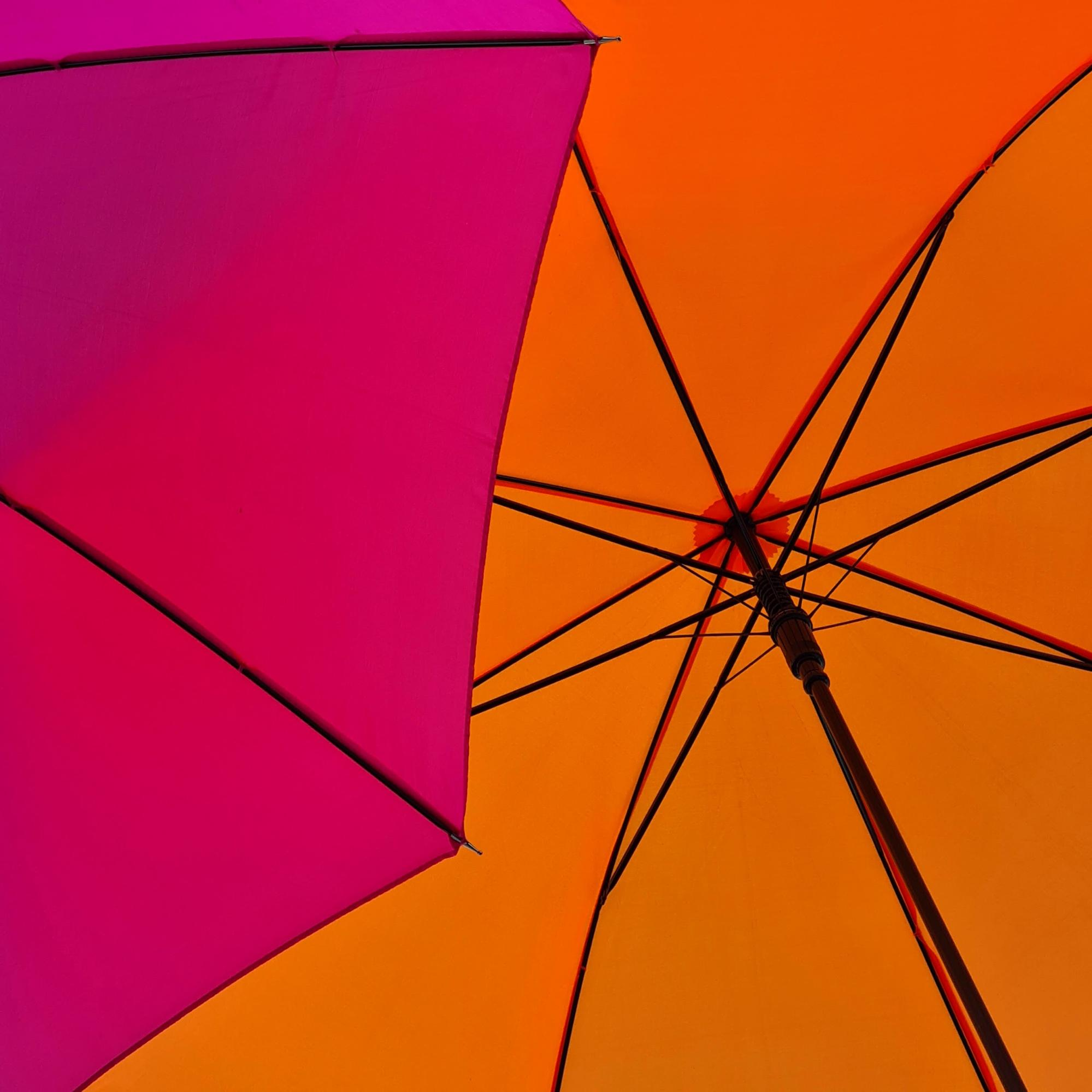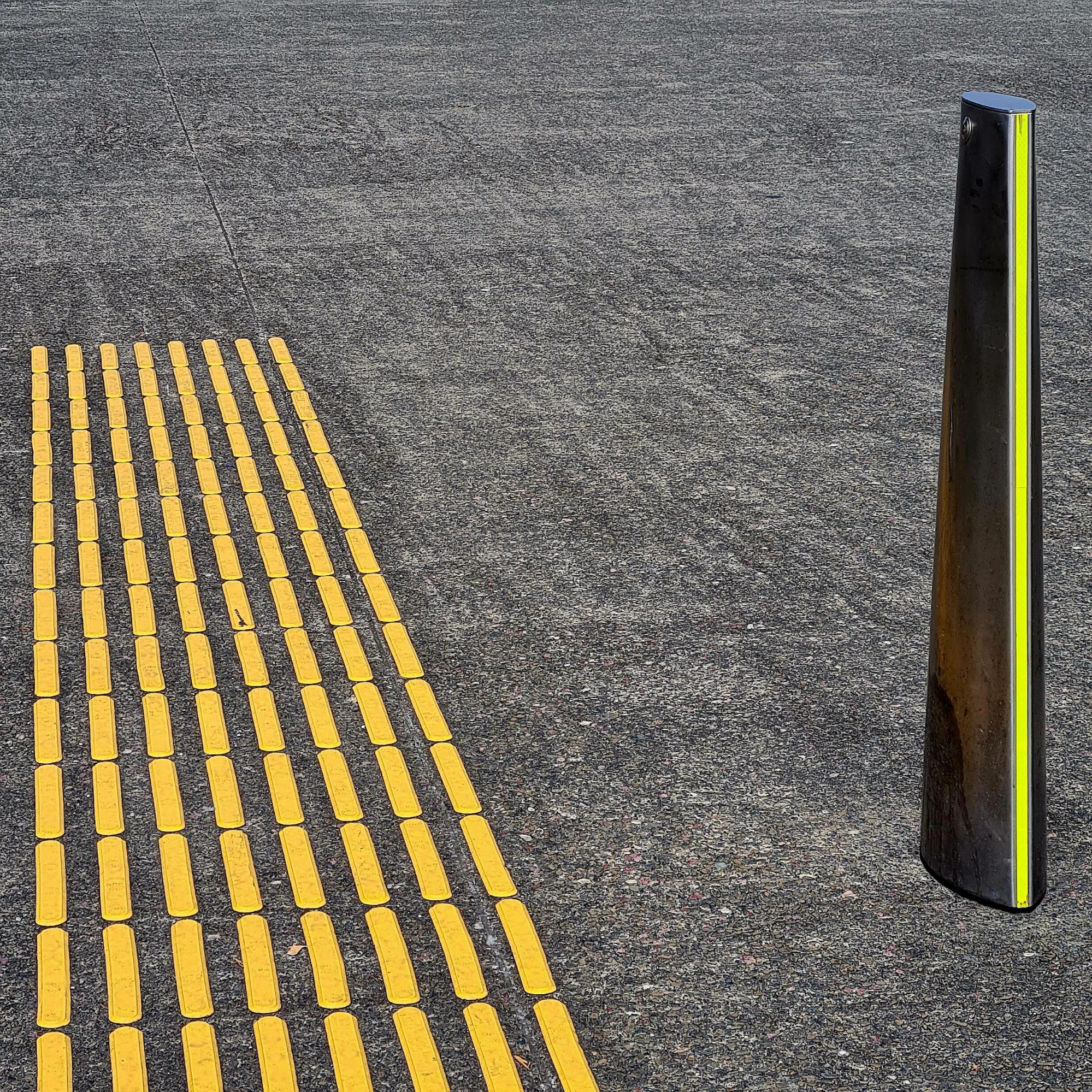The minimalism art movement, which emerged in the 1960’s, influenced many arts. Currently, it feels as if it is growing in popularity amongst photographers.
At its core, minimalism highlights a subject by stripping out all but what is absolutely necessary including any potentially competing elements such as colours, shapes, patterns, and textures. Having said that, patterns, shapes and textures themselves can make good minimalist subject matter. In terms of storytelling, the minimalist photographer seeks to convey an idea, concept or feeling: the viewer's interpretation of the photograph is considered subjective and left to them.
I’m drawn to minimalism in photography. We live in a complex world, full of noise and visual distractions. Minimalist photographers cut through that clutter to reveal a world that is simple and clear. The result is a picture of balance and harmony which I love. The Brazilian novelist, Paulo Coehlo, said that “the core of beauty is simplicity.” This idea resonates with me. I further think that there is strength and power in simplicity.

Exploring minimalism - I happened across this simple structure in the midst of a chaotic construction site. To me it signalled a sense of calm and order amongst the chaos.
While minimalism has common elements, photographers are interested in different subjects and may interpret minimalism differently. Resulting images, therefore, can be quite different as illustrated by the photographs of Michael Kenna and Minh T.
I have been pursuing photography for around four years now, and intentionally exploring minimalism for about two. I’m very much a novice and simply share some of what I’ve learned.
Creating an image - subjects, composition, and colour
The built environment fascinates me - architecture in particular. I love the geometry, the patterns, and the lines found in structures and buildings. I’m also intrigued by both the regeneration and decay of cities. Consequently, my initial experimentation with minimalism focused on the built environment. However, identifying clutter-free vistas in a built-up city can be challenging. I’m therefore starting to explore the natural environment as well.

Capturing the built environment: I like the two-dimensional quality of this photo and how the juxtaposition of concrete blocks and glass hints at the strengths and weaknesses of our urban environment.

Exploring the natural environment: I wanted this image to evoke a sense of solitude and peace.
Composing a photograph that removes unnecessary elements and presents your subject in a balanced way is critical in minimalist photography. In this regard, the effective use of negative space can help. For example, negative space can create a sense of scale, put emphasis on the subject, remove distractions, facilitate balance and harmony and even help conjure up emotions such as wonderment, adventure or loneliness. But equally, a pattern or simple structure, sometimes filling the frame, other times not, can make interesting minimal images.
While a minimalist image may look simple, creating one is not. Broadly I follow a three-step process involving both an emotional reaction and careful consideration. First I have a visceral response to something that I find beautiful or interesting. I then carefully compose the ‘cleanest’ image I can by viewing the subject from different vantage points and angles; exploring the use of negative space; or conversely thinking about filling the frame fully. And perhaps the lighting isn’t great so I may need to try a different time of day. Finally, I’ll edit if needed.

Embracing negative space: Here, the negative space accommodates the travel of the arrows while including the ‘wayward’ arrow introduces humour and invites speculation.

Filling the frame: The colours and abstracted nature of this image, provides an intriguing view of these umbrellas.

Shadows and patterns: The shadows here add interest as does the singular light that breaks the pattern.

Removing clutter: It took some time to find a place and angle that enabled me to capture my subject without including a myriad of other things.
I love bold colours! But neutral and monochromatic colour palettes, along with black and white photography, are often associated with minimalism. Does removing colour help the viewer focus on the essential elements of a picture? Or conversely, do bright and contrasting colours cause unnecessary distractions? Are they contrary to the minimalistic ethos? Personally, I don’t think so. But the challenge for me is how to make sure the colour is striking without overwhelming the subject. The answer seems to lie in being purposeful when using colour. In other words, making sure the colour itself is an essential element adding meaning to what is being conveyed.

Including Bold colours: The colour of these pavers is integral to their purpose - to assist the visually impaired navigate the city.

The role of colour: The contrasting sea-green door begs the question - what lies beyond?
So what next?
The beauty and harmonious nature of minimalism makes it worthy of exploration. If you haven’t already done so, give it a go. Yes, there are challenges. But there are also opportunities and rewards.
Henri Cartier-Bresson famously said ‘Your first 10,000 photos are your worst’. Take heart from this observation. Practice, experiment, and critique your work. It may take time, but a beautifully balanced and engaging minimalist photograph is there for the making!
